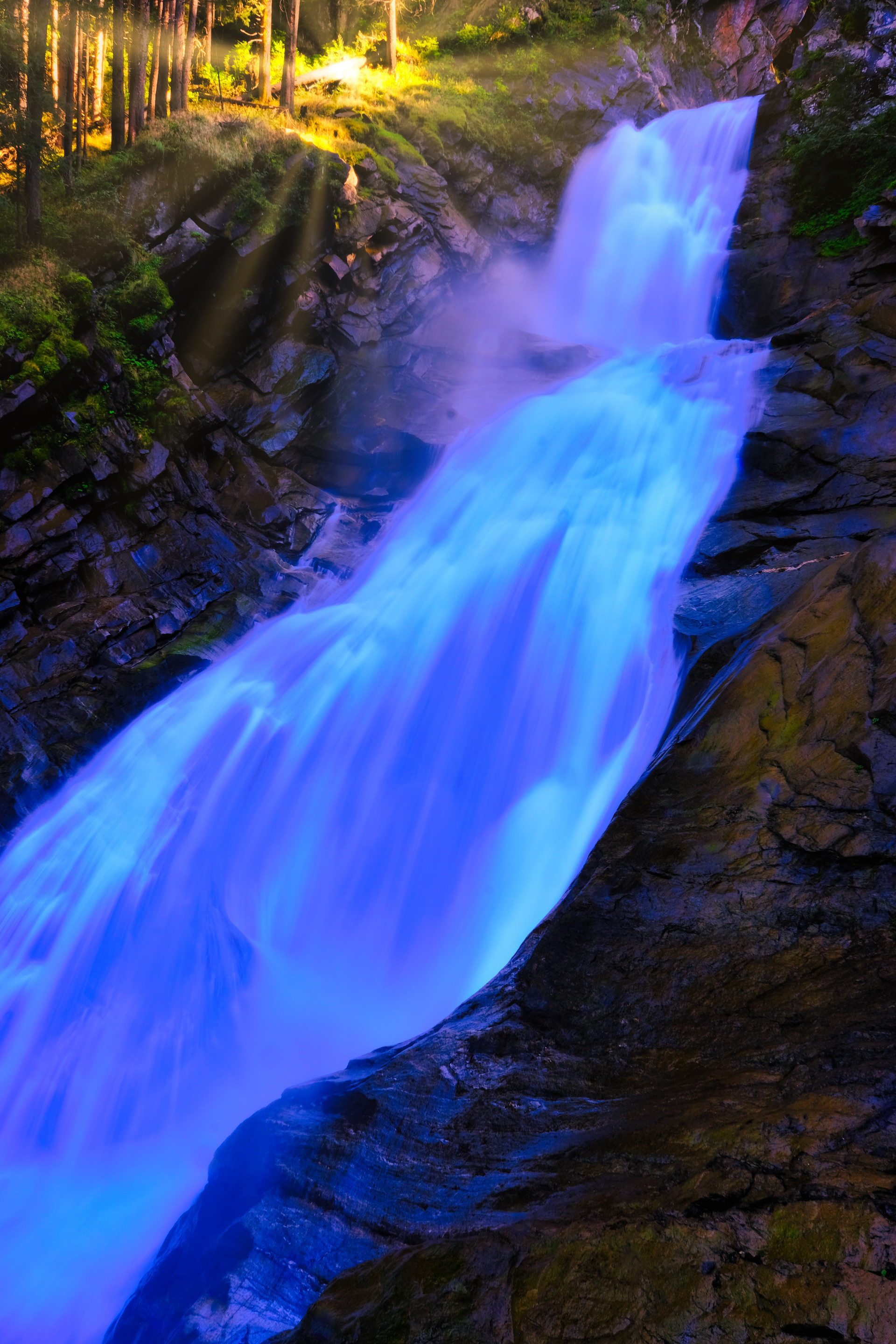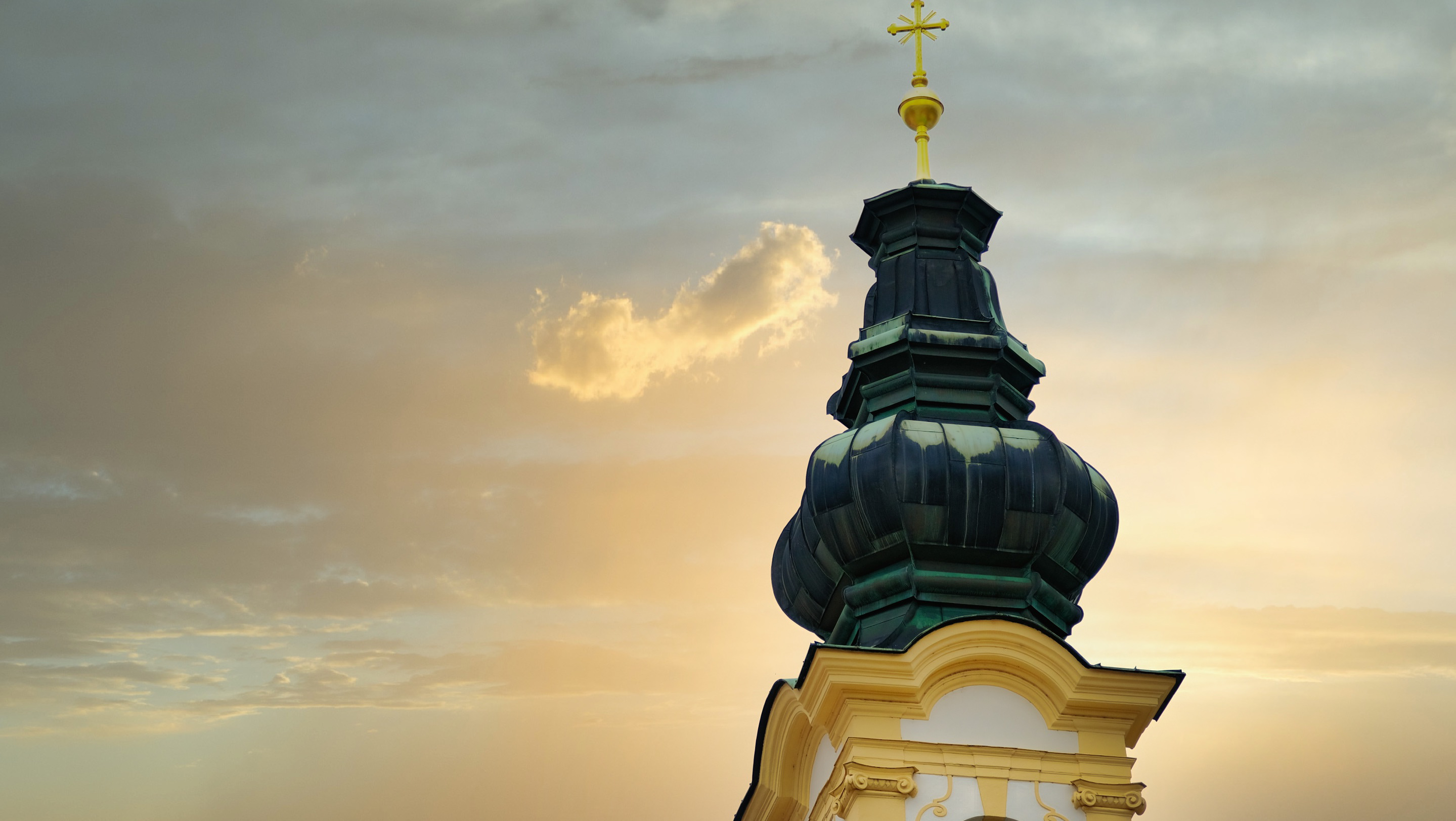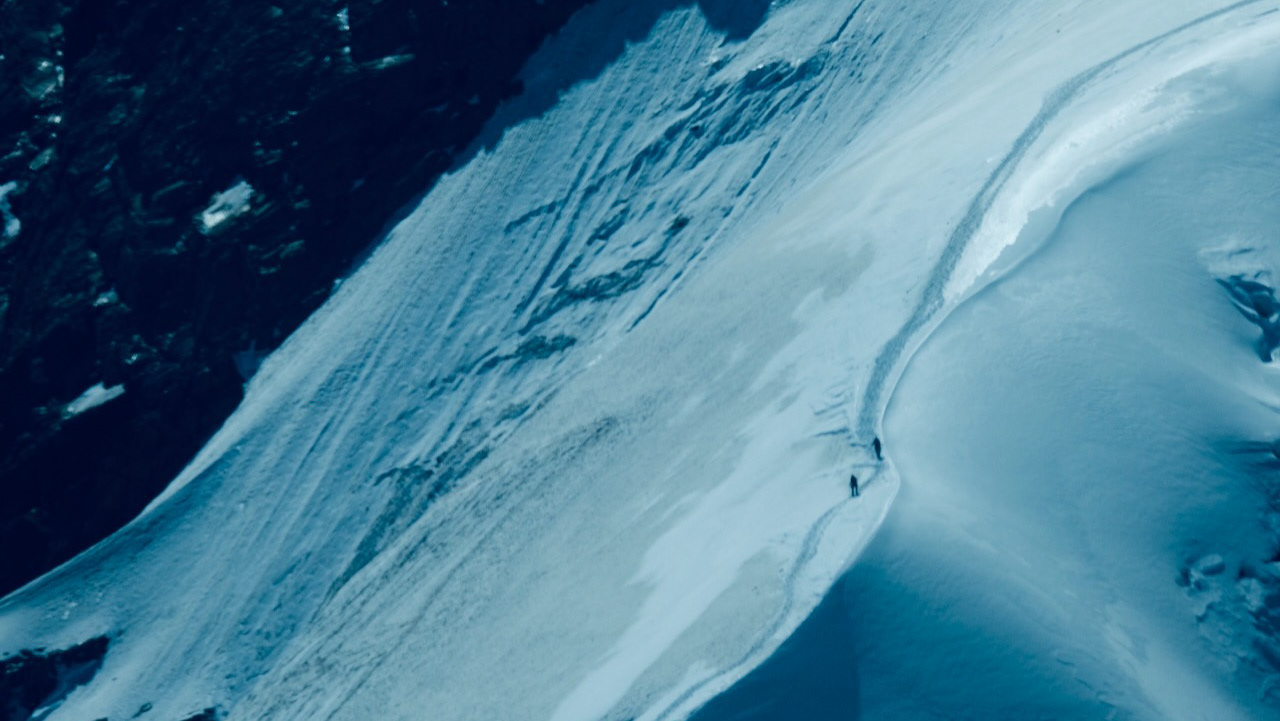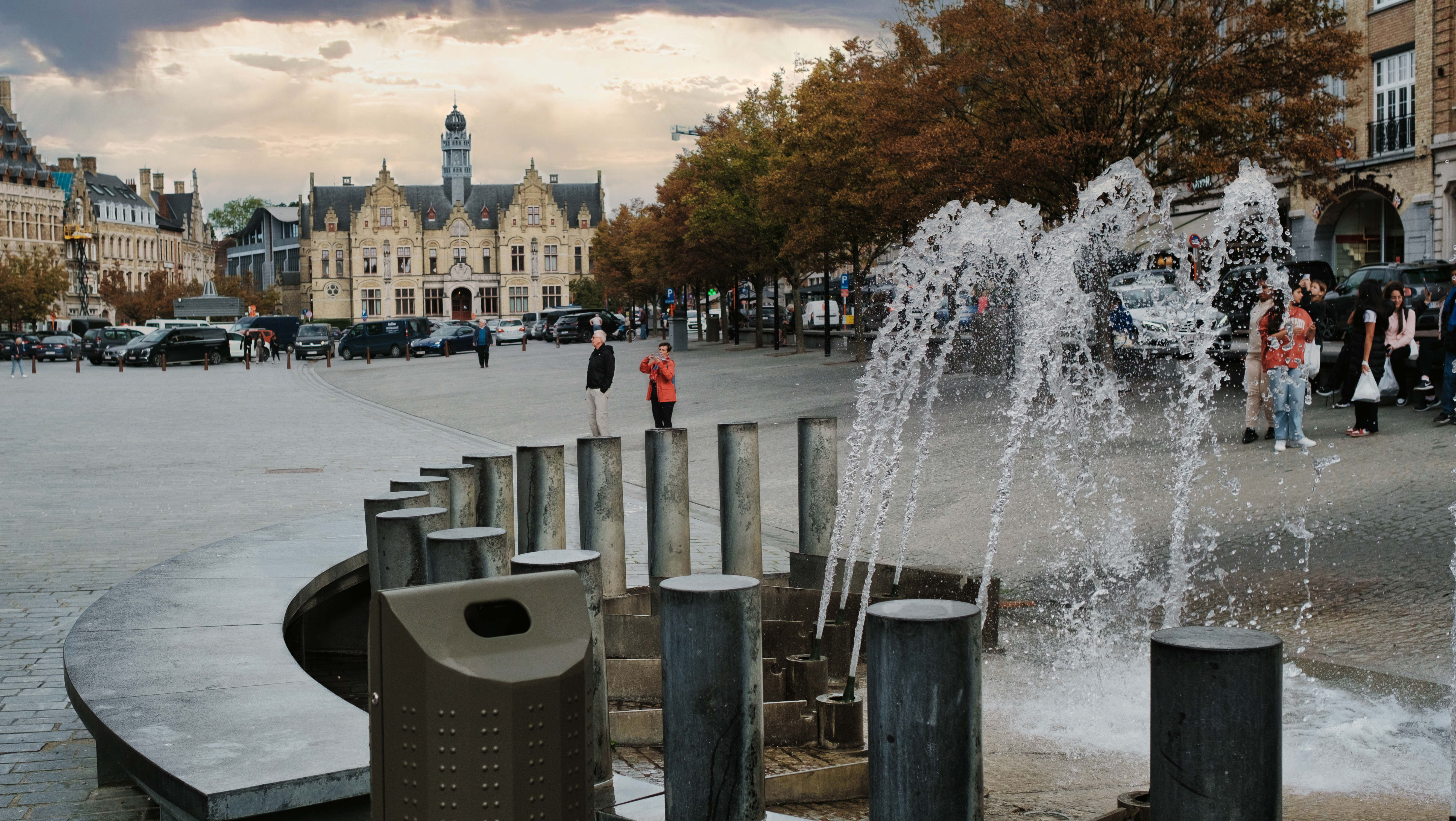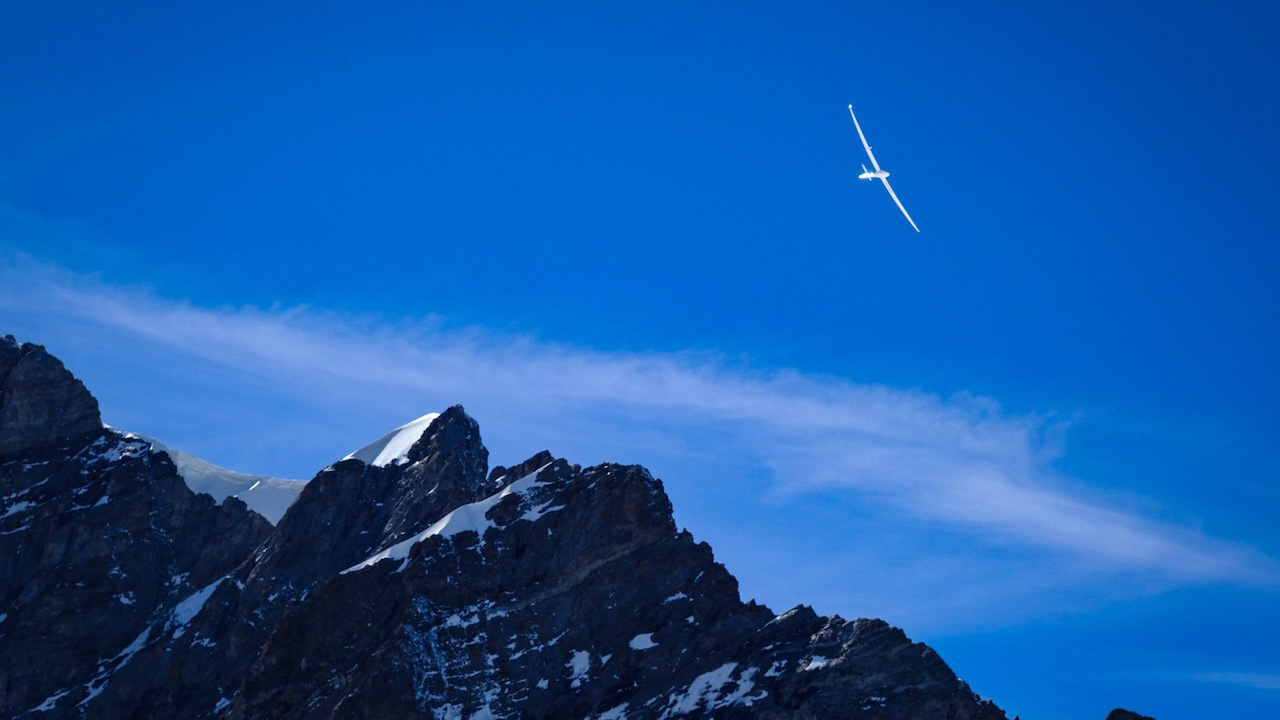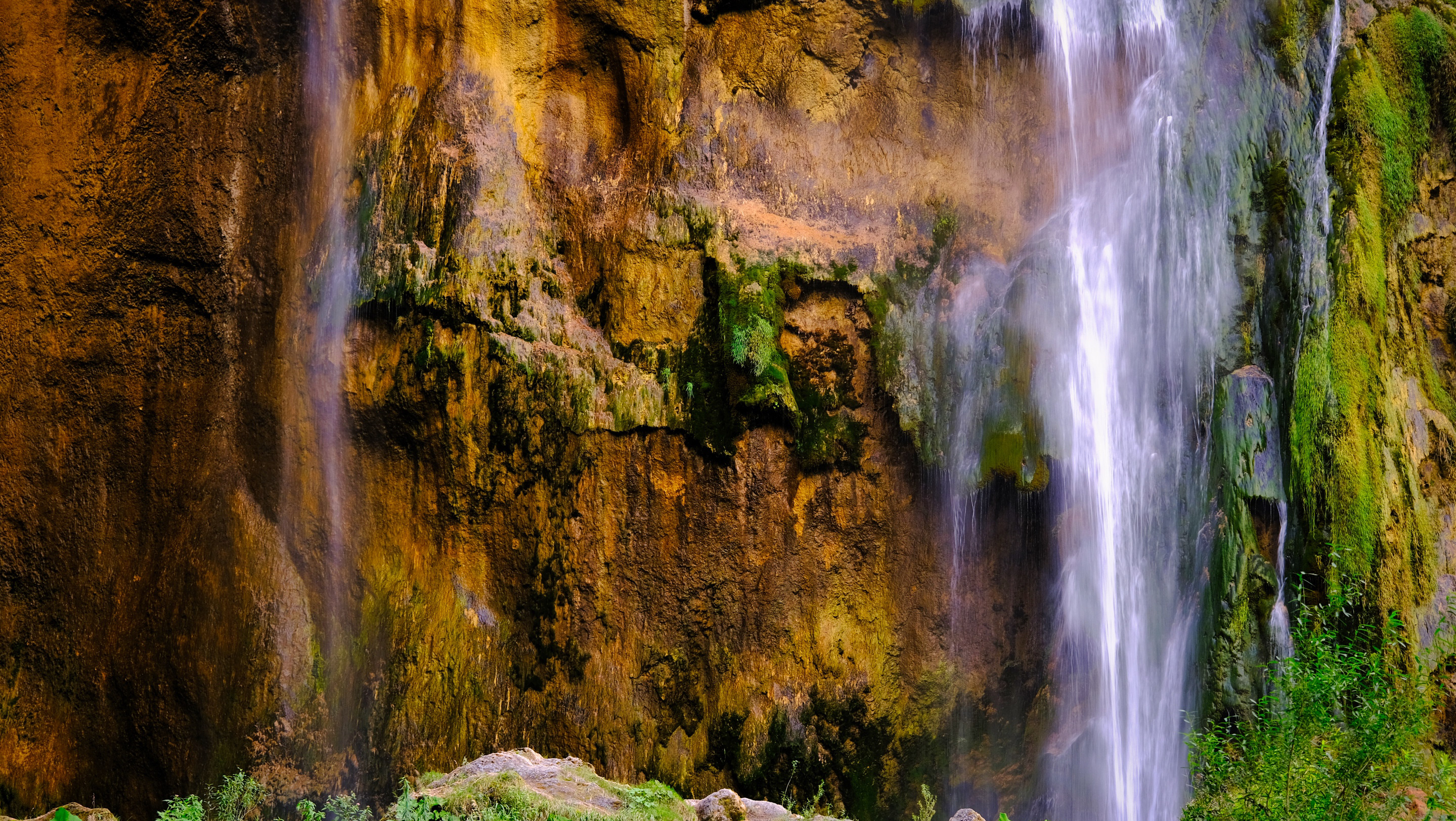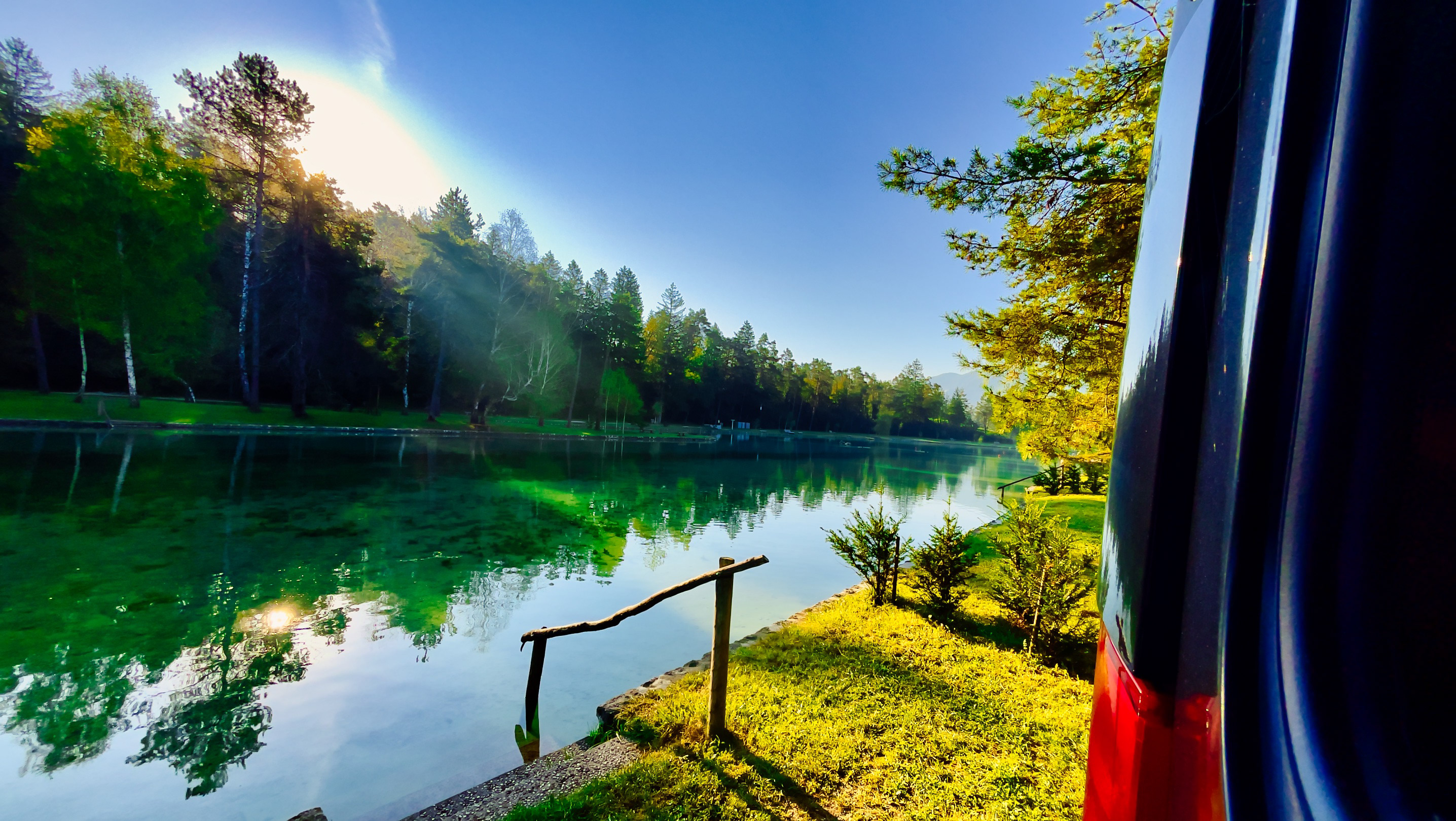Salt mines seem to have taken on an almost iconic status as a hellish work environment to which one would be sent as a punishment little short of death. The emblem over the gate of the mine I am entering serves merely to reinforce this impression - the black crossed hammer and pickaxe offers a sinister welcome as we pass through. I have to ask myself why I would pay an entry fee for this!
Things get worse when we are invited to pull on white overalls. These two piece garments, more like a pair of over sized pyjamas make us all look like like convicts.
Then we hear her: “Guten tag! Hallo, mein Name ist Lia und ich werde heute Ihr Guide sein.” This is Lia and she will be our guide today. She says every sentence in German then immediately in equally fluent English. We relax - Lia will see too it that we will all make it back to the surface in one piece!
Our pyjama-clad party climbs aboard the mine railway and we head 2km into the mountain. Now 140m below the surface we disembark the train and Lia starts her tour explaining the development of mining. We start with 21st century techniques and go back in time to the Middle Ages when salt was mined the hard way with bone picks and other hand tools.
Highlights of the tour are using the wooden slide that connects chambers on different levels, and taking an underground boat trip across a brine lake.
We continue downwards and reach a depth 210m below the mountains surface. At times the passages between chambers become narrow and I have to duck slightly but we always soon enter an open space and the air seems to flow freely. Soon we start to ascend again, and the train returns us back to the light of day which somehow seems sweeter and brighter than it did just 90 minutes ago. Lia smiles and sends us on our way using the traditional miners greeting ““Glück auf,” which in miners' terminology means good luck (glück) in coming back up (auf) to the surface.
As if this is not sufficient for one day our journey continues south as we head to the higher reaches of the Austrian Tyrol and the Grossglockner Hochalpenstrasse. Every kilometre and every single one of the 36 hairpin turns of the Grossglockner High Alpine Road is a treat followed by a welcome surprise as the expansive views appear before you as you climb higher.
We are soon above the tree line and into the snow. Earlier this day the Grossglockner had been closed due to ice near its summit, and we are warned as we pass the toll gate that we should be vigilant for any remaining patches, especially near the entrances to the two tunnels that drill through the mountains upper reaches. We stop every few kilometres to take pictures and just soak in the stunning landscapes that surround us.
As we commence our ascent our trip computer says we have an available driving range of 460 miles. By the time we reach the summit (20kms further on) this is down to 168 miles. By the time we have descended again, 2nd gear all the way and try not to touch the brakes, it is back to 460 miles!
So, my fellow road warriors, if you're up for an adventure that combines white-knuckle turns, stunning scenery, and schnitzel pit stops, the Grossglockner Hochalpenstrasse is your ticket to an unforgettable drive. Just remember, it's not about the destination; it's about the journey, and in this case, the journey is a wild ride through the Tyrol that'll have you laughing all the way to the next hairpin bend.
Our descent takes us to the village of Heiligenblut am Großglockner. Here we camp next to the river and directly beneath the Church of St Vincent, which is framed by the Grossglockner massif. We walk to the nearby falls then return to the village for lunch at Casa Antica. This is a joy with a delightful view across the valley as the sun shone and swifts dart, twist and turn in front of the terrace.
More waterfalls beckon and we drive on heading south to Lienz then west and north through the Isel valley to Krimml. This is home to the largest waterfall in Austria - the Krimmler Wasserfälle. Dropping 380 metres the river thunders down across three layers of falls. One can climb the path alongside the falls, making a 400m ascent with awe inspiring views of this immensely powerful natural feature at every turn. Fine spray emanates from the masses of water hitting the rocks creating rainbows of great clarity as the morning sun creeps over the edge of the mountains to illuminate the valley beneath. The cascades' spume ensures abundant plant life at the waterfall; the areas of moss are of the most intense green. It is a hard, steep climb to reach the pool above the falls but worth every step. At several points there is the opportunity to enjoy a cold beer, sit in the sun, listen to the roar of the water and for a fleeting moment enjoy a feeling that all is well in the world.
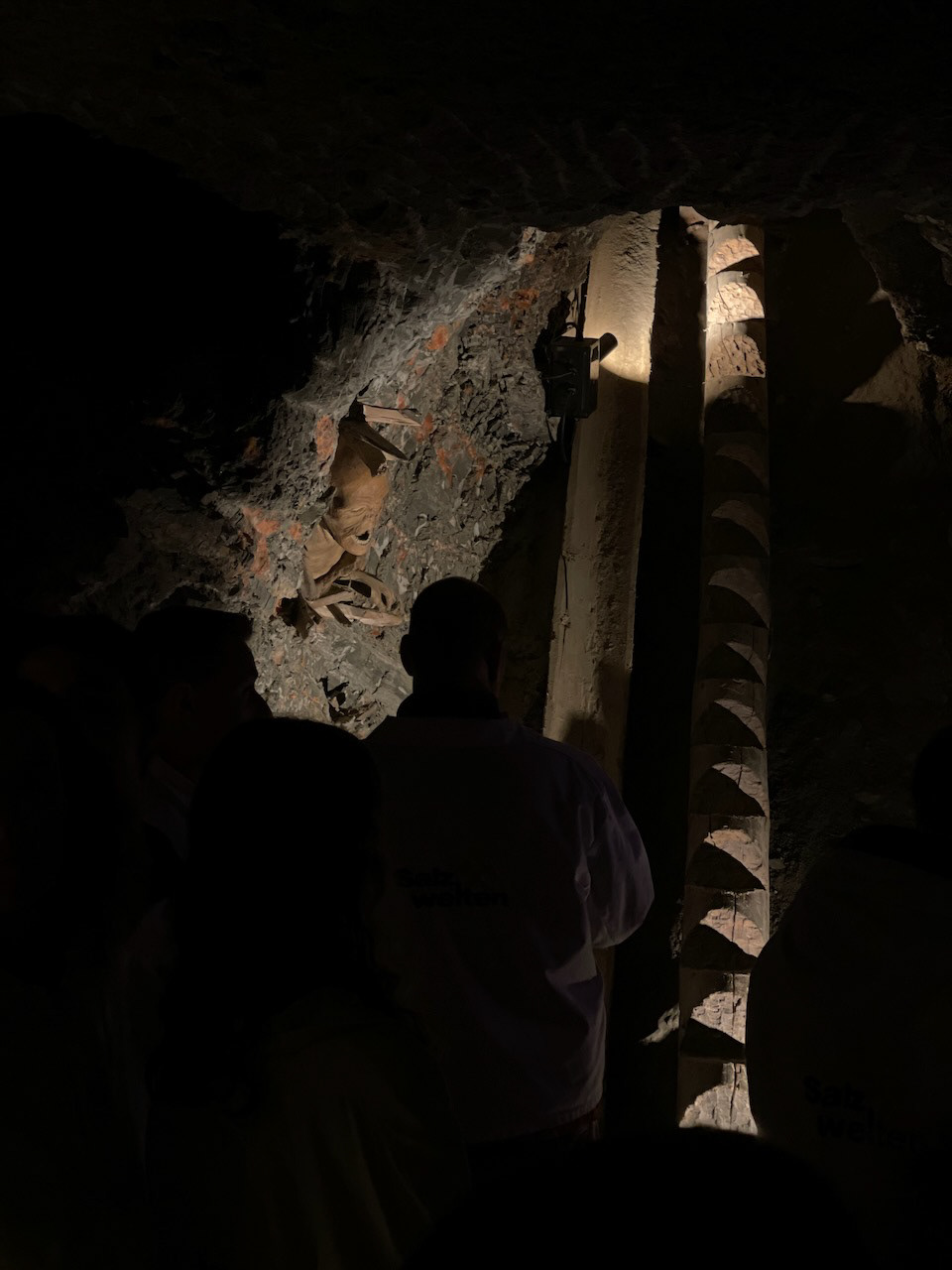
Mummified Remains in the Mine
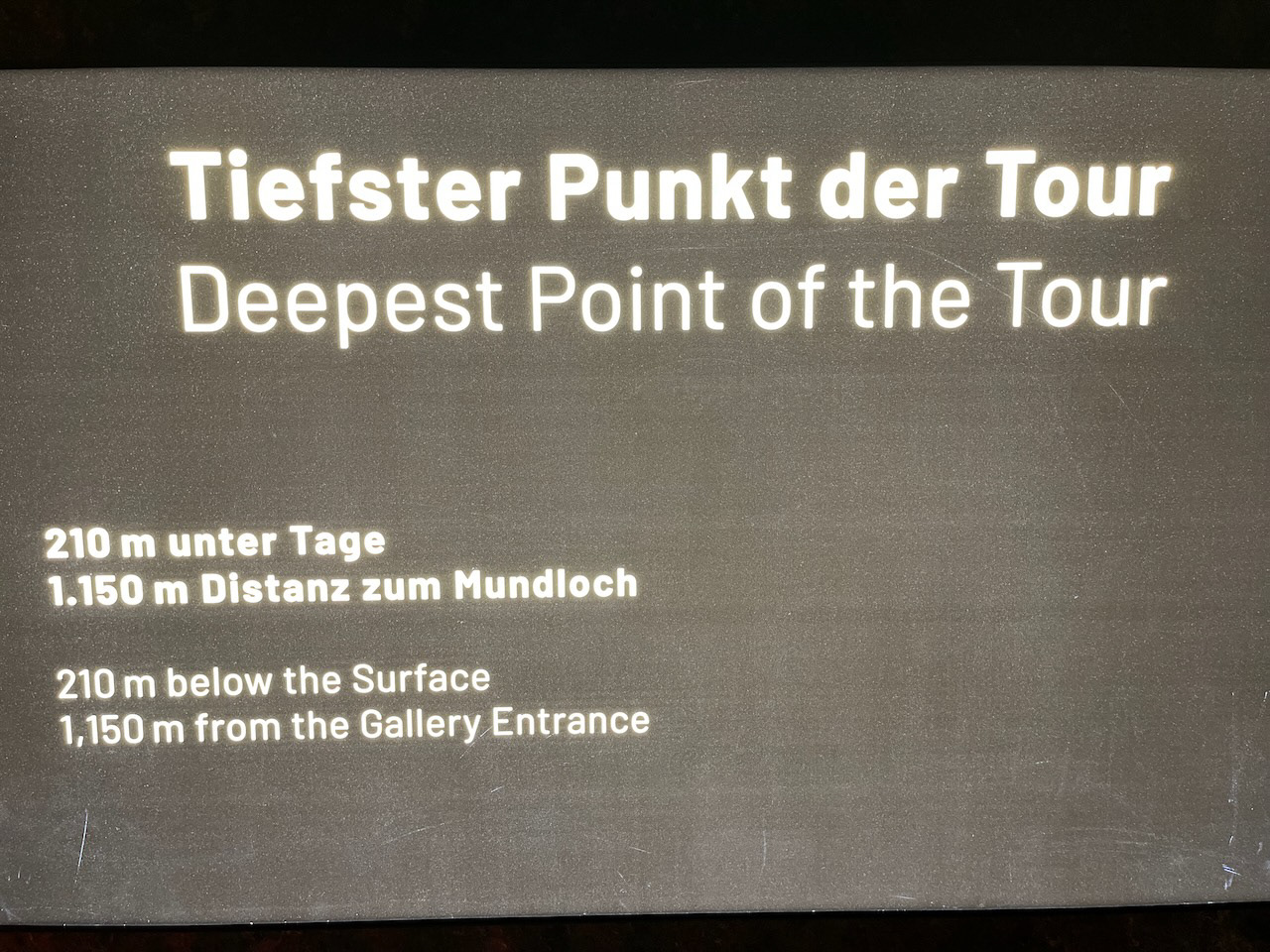
The deepest point
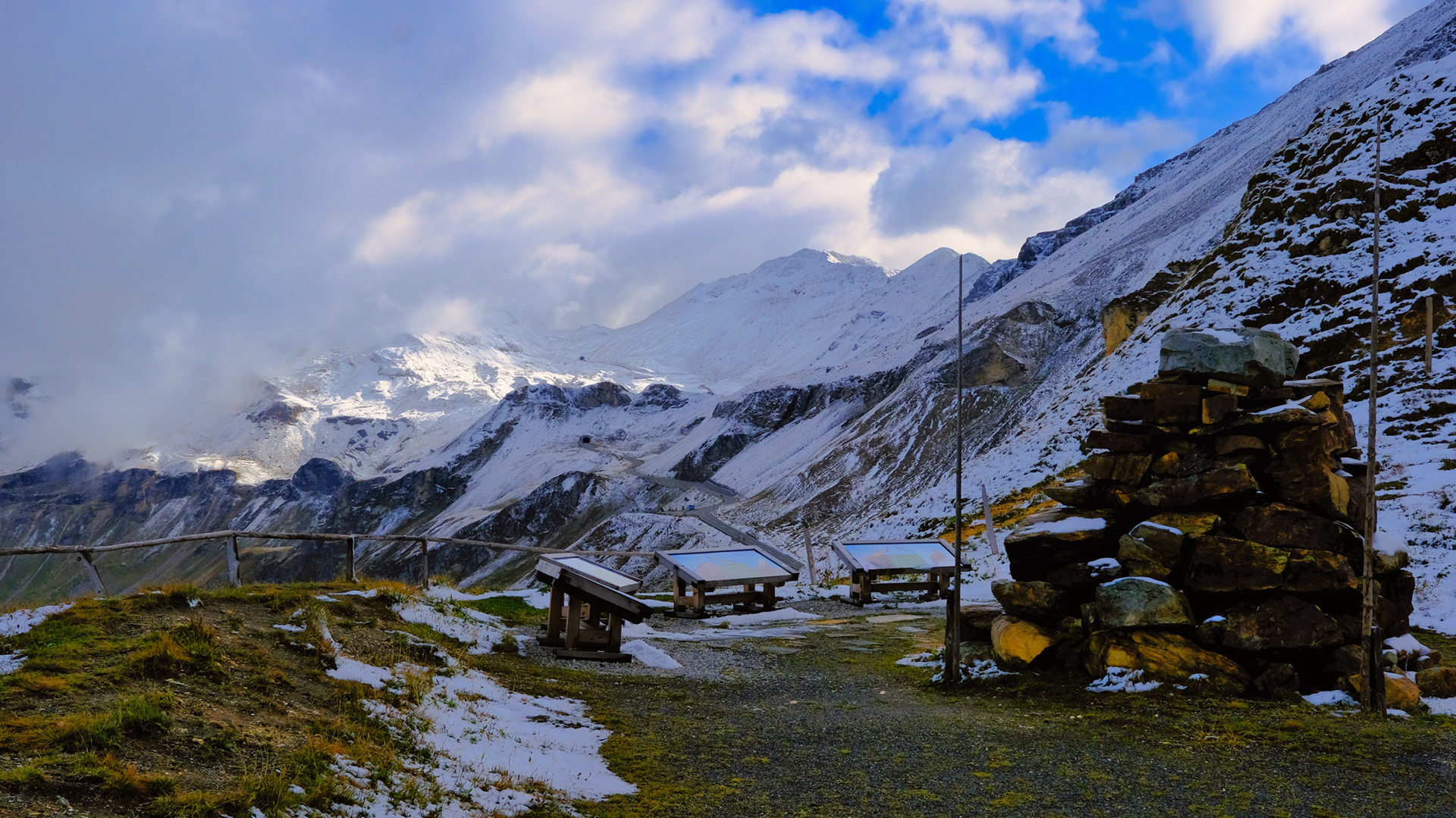
Over the Grosslockner
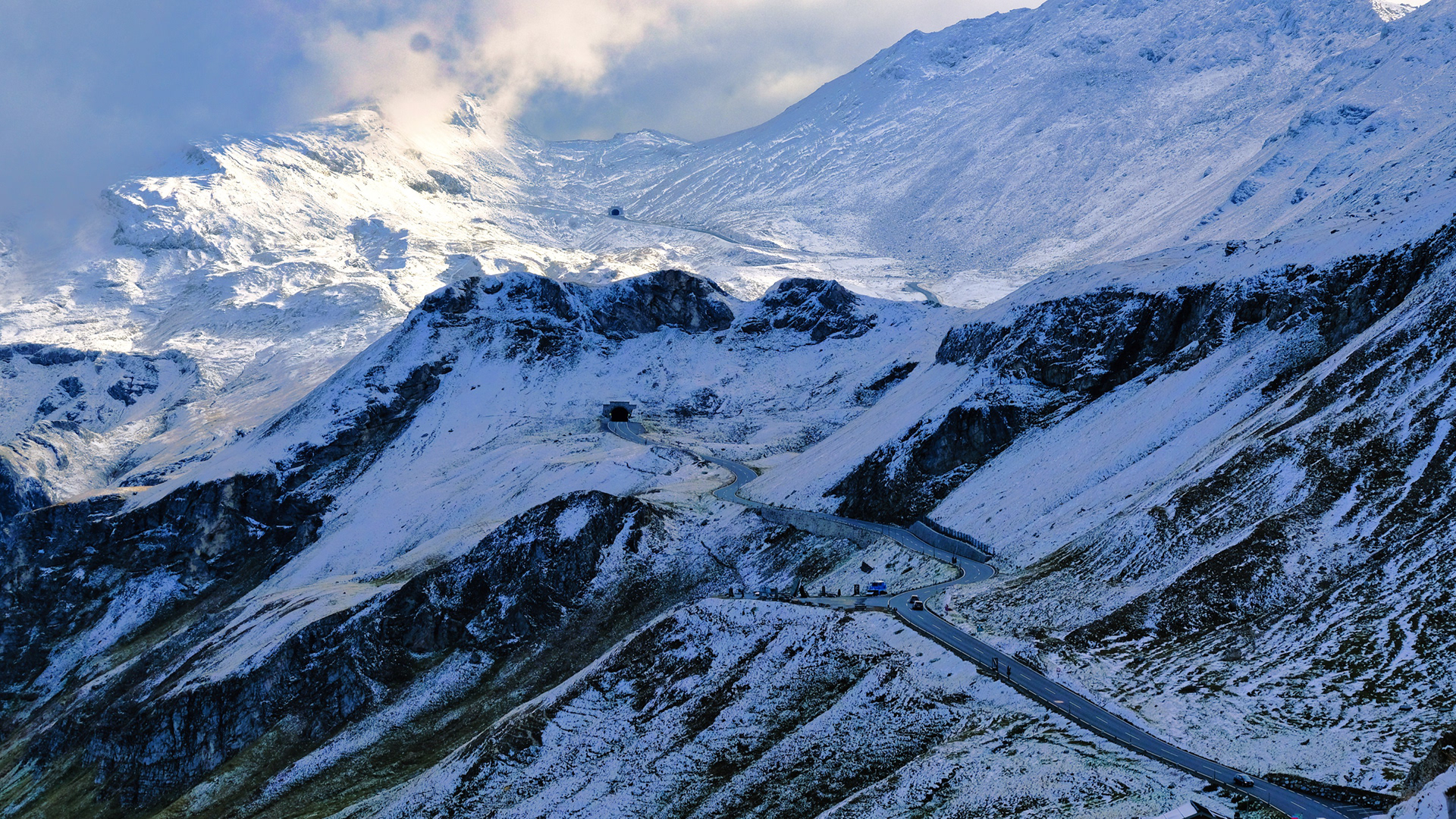
Grossglockner
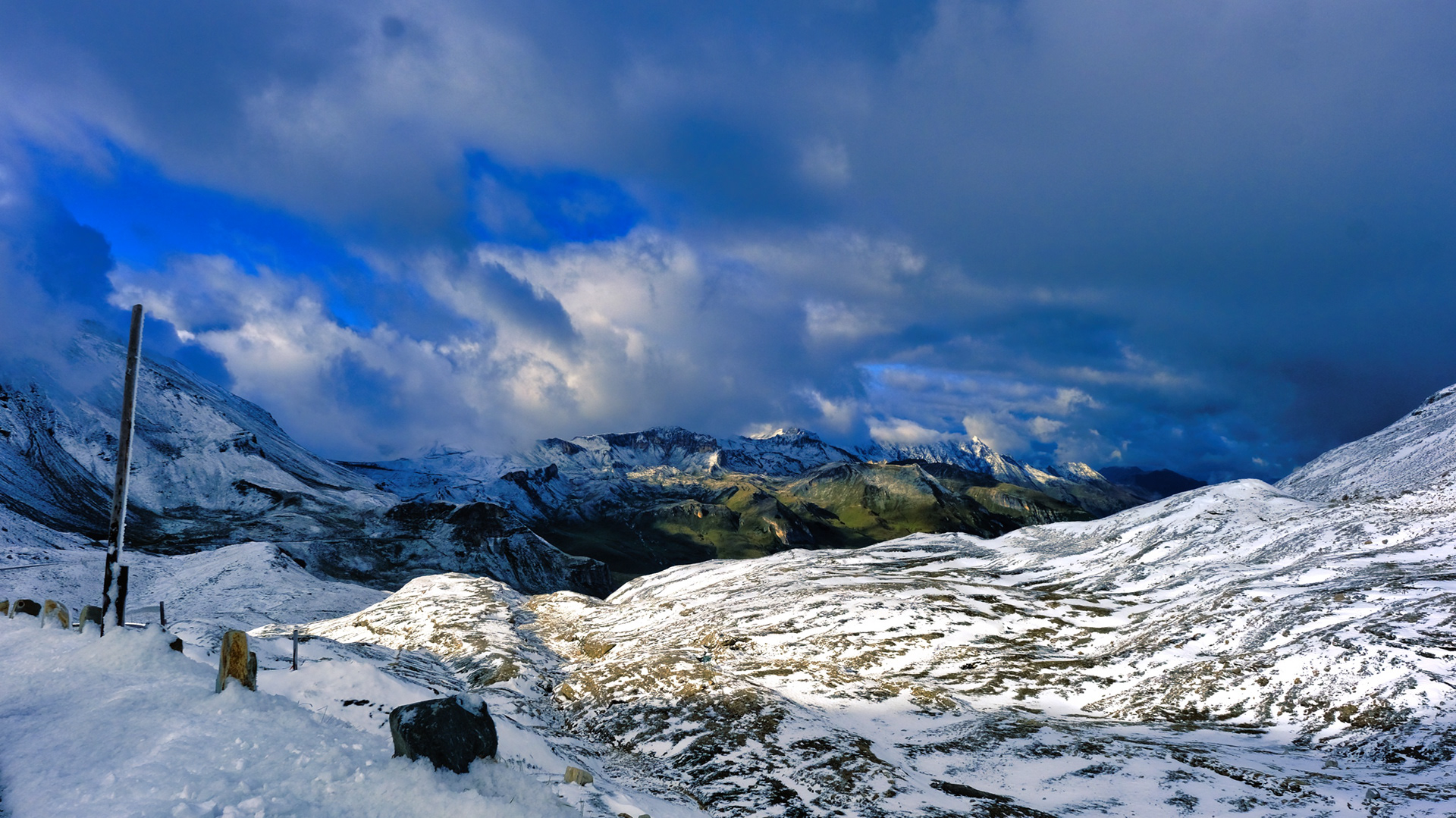
Grossglockner
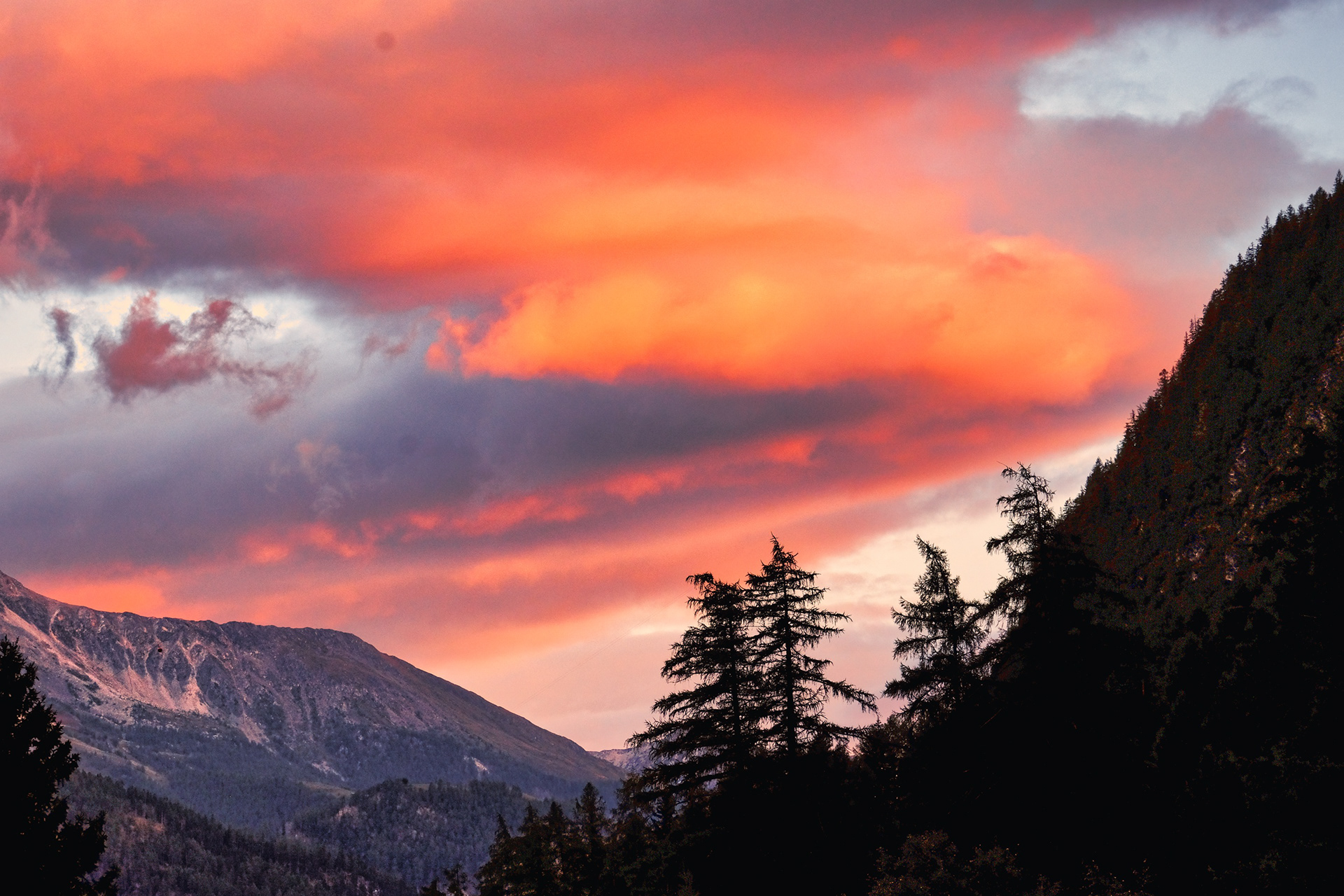
Sunset from Heiligenblut
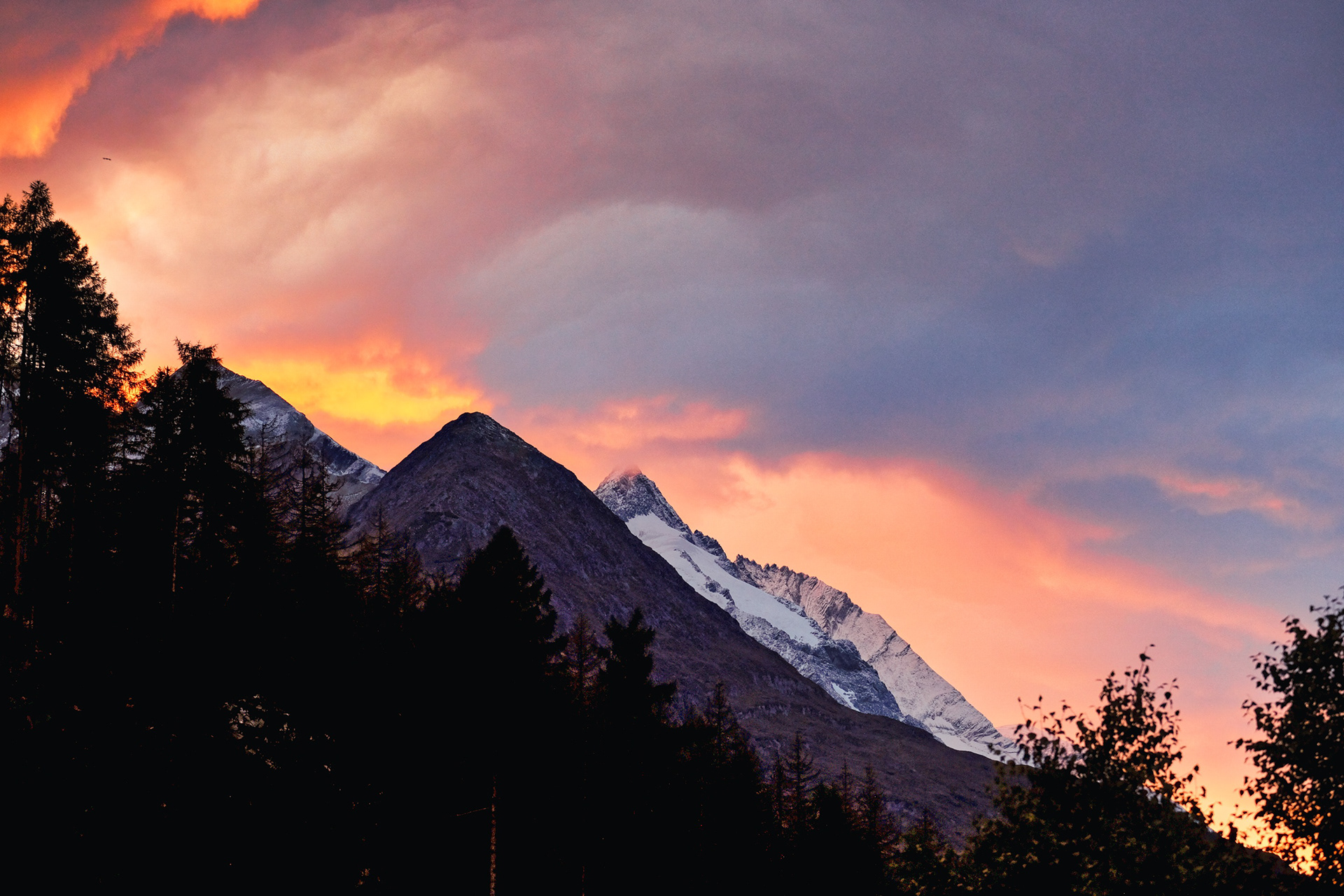
Campsite sunset
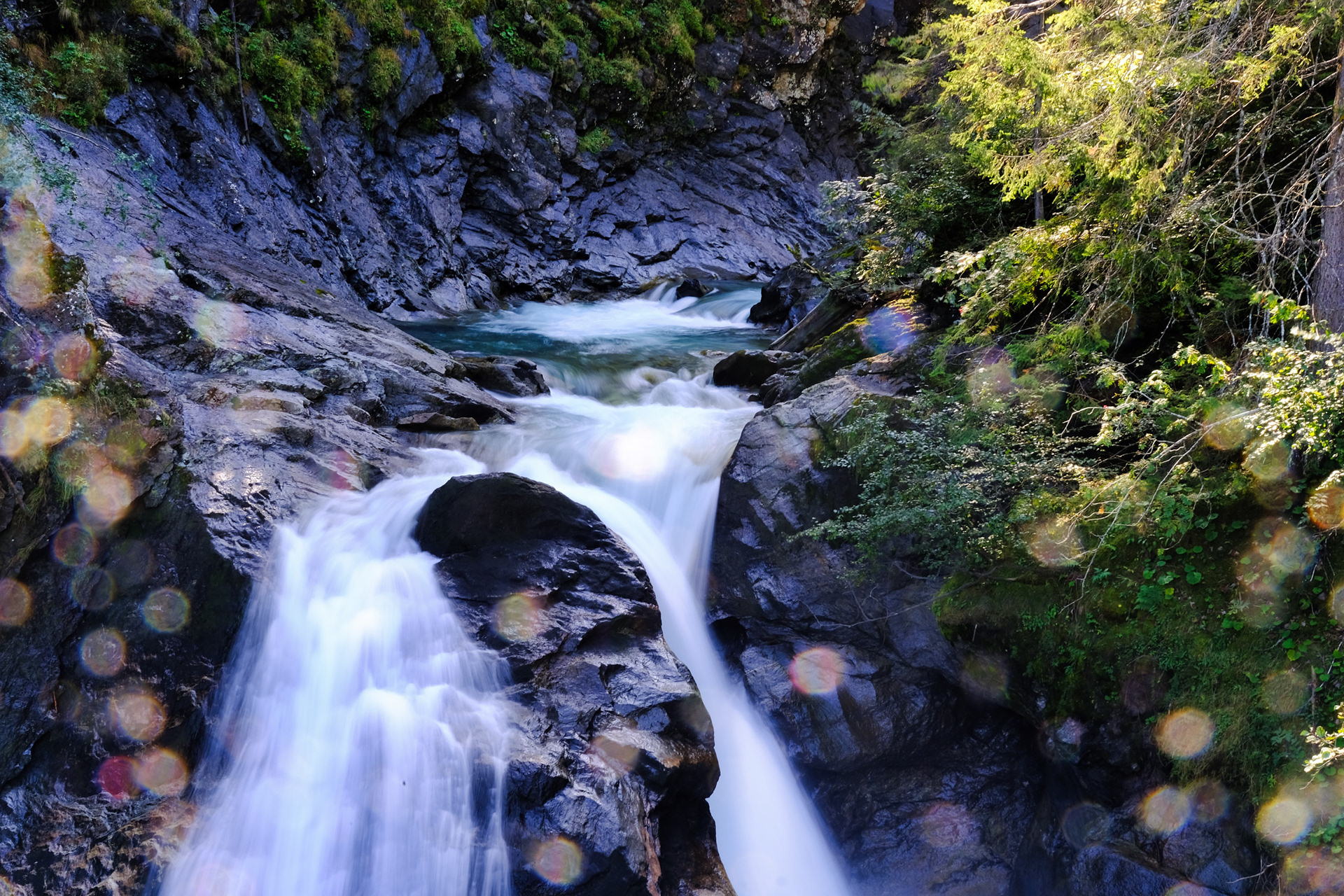
Krimml
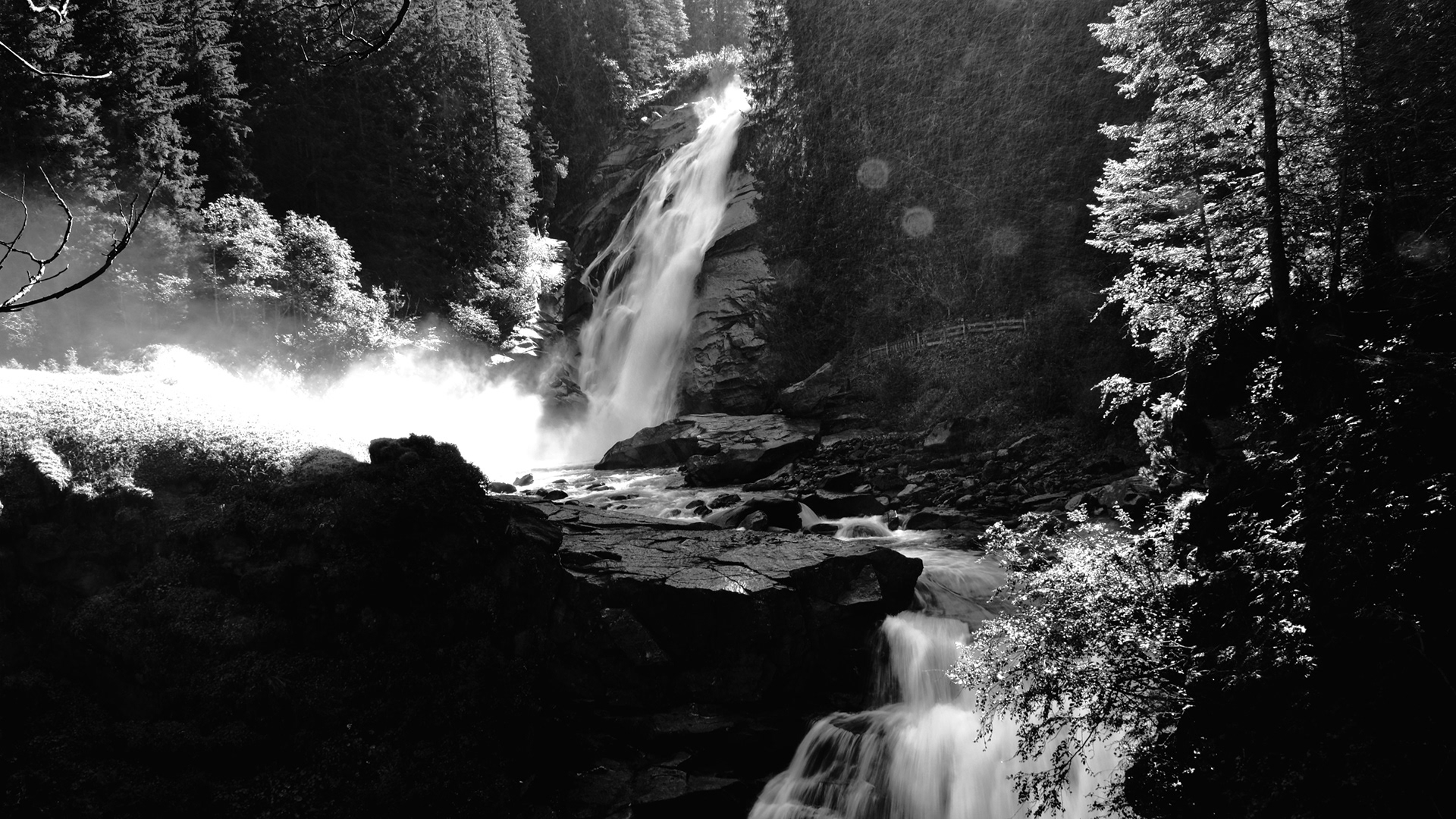
Middle pool at Krimml
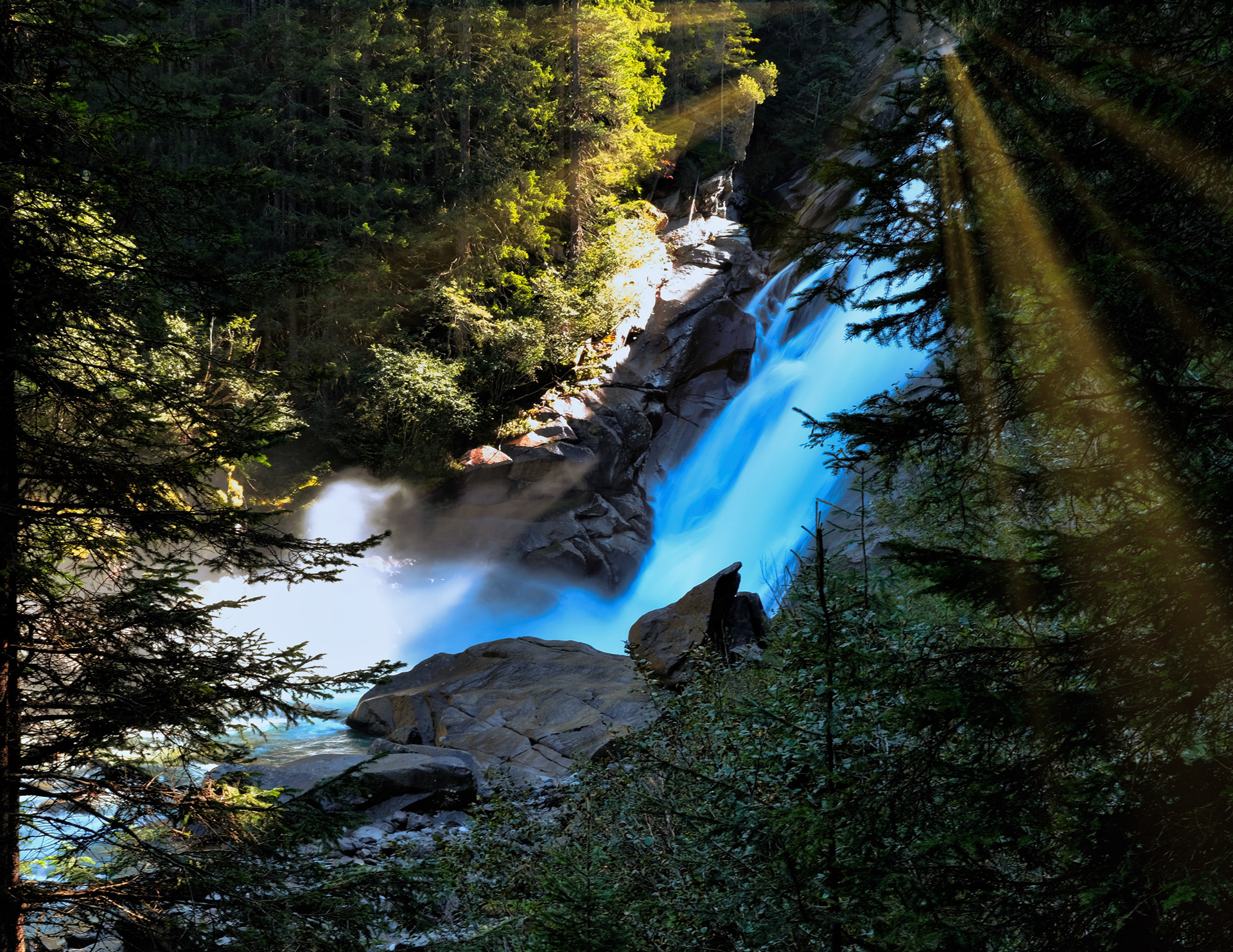
Looking down
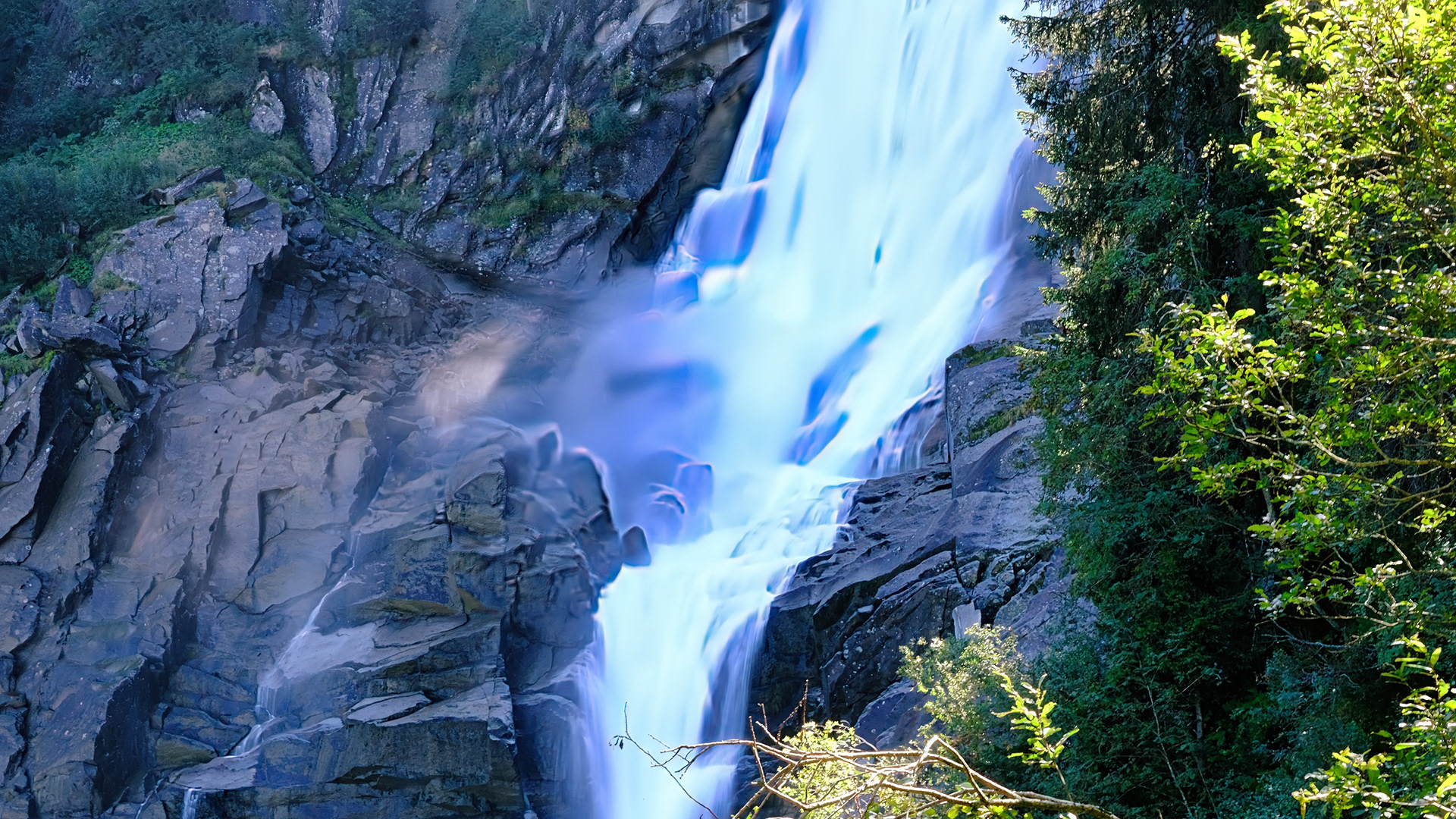
The Upper falls

Side stream
